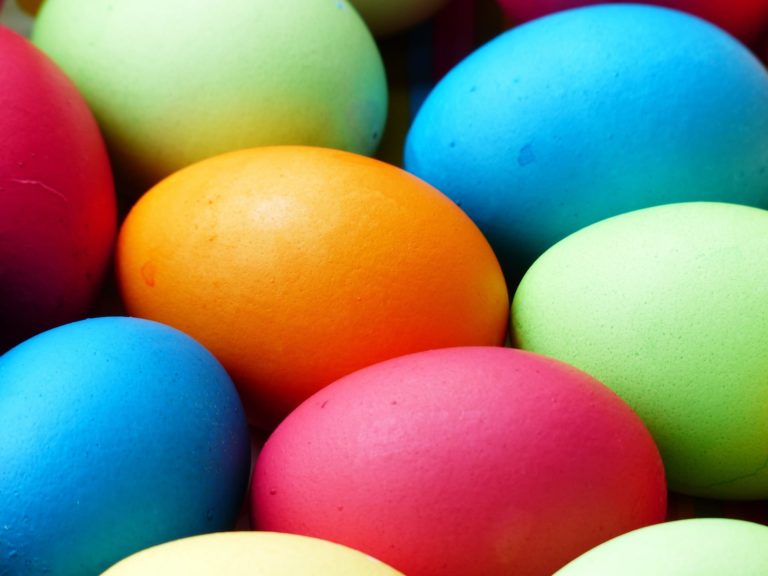Easter Eggs, Spring Chicks, and Blue Birds
Eggs have long been associated with Easter because they represent new life. The practice of dying eggs dates back to ancient Mesopotamia. From there, it spread to the West. In England, colorful pace eggs remain popular. In North America, kits from companies like Paas speed the coloring process. Yet, perhaps the most beautiful Easter Eggs in the world come from Ukraine, where they are intricately decorated.

Like Easter and Easter Eggs, baby chickens are a part of springtime. If you’re wondering why you see them for sale in farm stores like Tractor Supply starting in March, it has a lot to do with heat. Baby chickens, or chicks, are very temperature-sensitive. In order for them to be able to tolerate the outdoor climate, they need to be able to transition from a nice, warm brooder to a hospitable environment.

Although you might not get them in your Easter basket, chicks are sometimes dyed vibrant colors for Easter presents. According to the Audubon Society, the dye can be administered through spraying. Alternatively, a non-toxic food coloring can be inserted into the embryo. With the latter process, however, drilling a small hole into the shell through the protective membrane could introduce bacteria. After all, there’s a reason shells exist.